Some time ago I worked on the CSIRO research vessel R/V Investigator doing IT support for researchers and data acquisition systems. In the down time between operations it often provided fantastic opportunities to indulge in some photography.
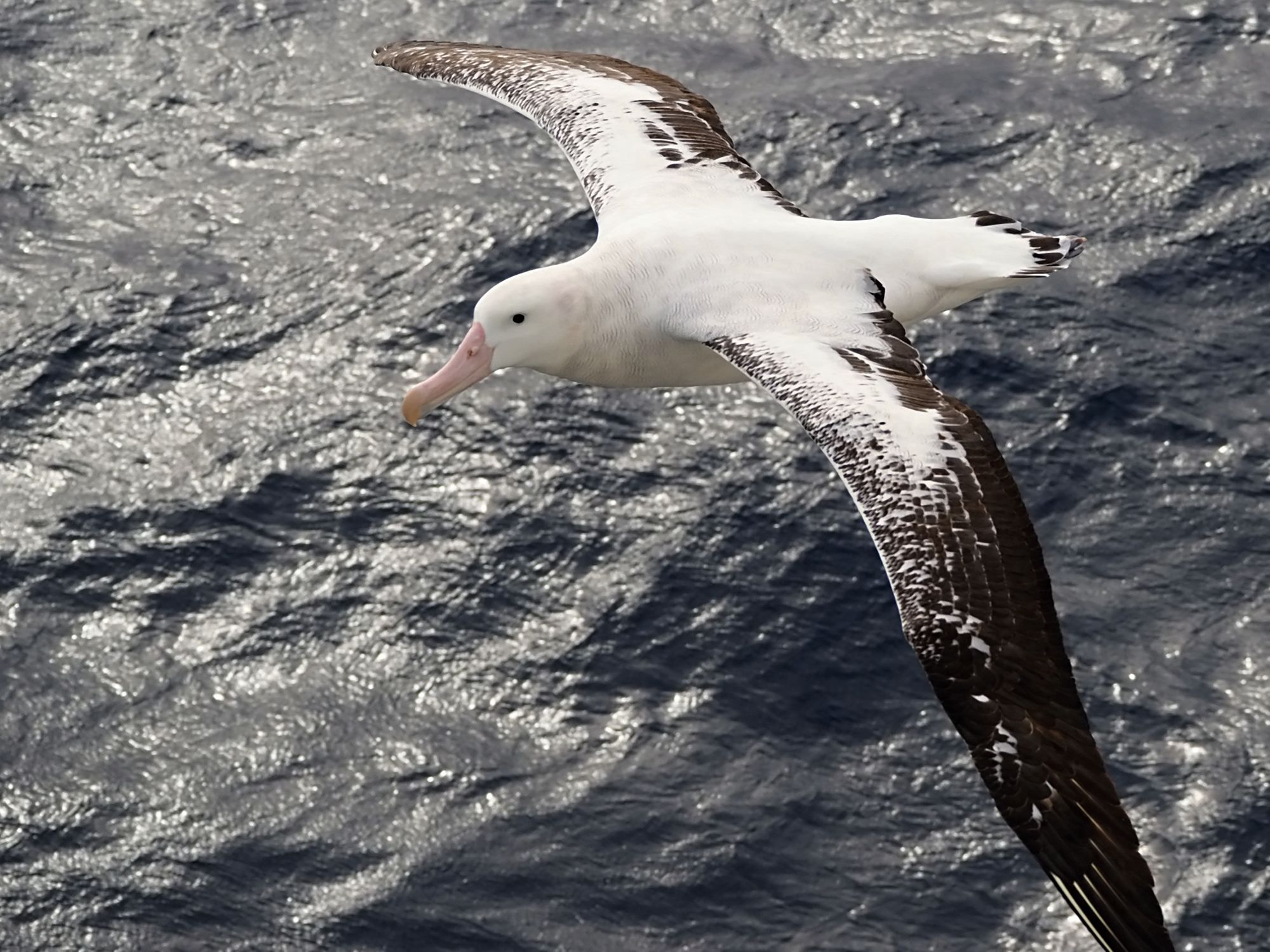
There was a great array of bird and sea life to try and take photos of and after a few tries and failures the movement of the ship becomes very noticeable. On land when taking a shot, you can line everything up, often with a tripod and try and frame everything juuuust right.
You don't really get that luxury on a moving vessel, the heave of the ship and the sway from side to side means that the framing you are trying to do only last for a split second, when you combine that with recalcitrant wildlife that do their own thing ... you get the idea.
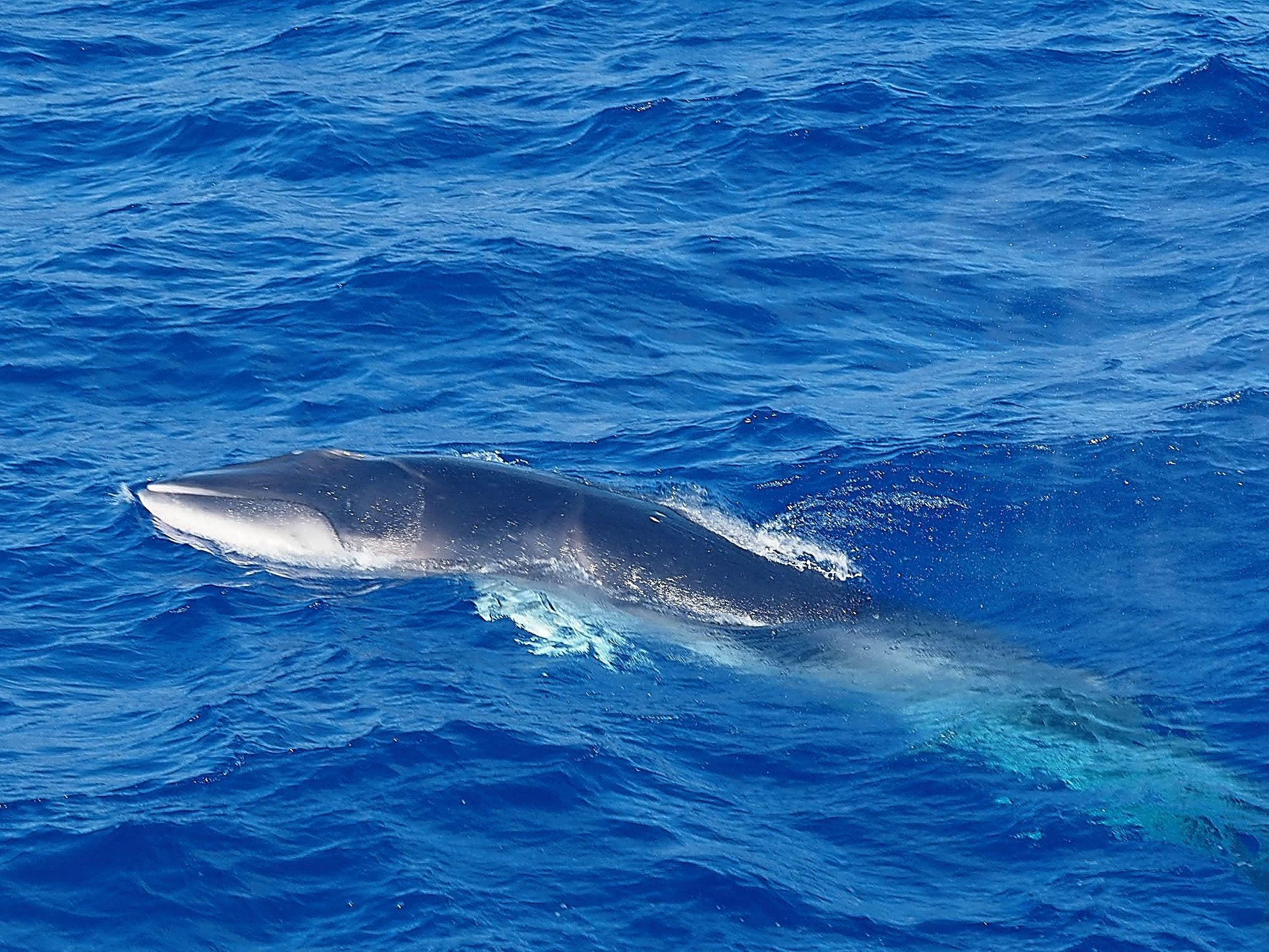
It gets even harder when you move to night time and a lot less light available. We were lucky enough to have a beautiful clear night in the Southern Ocean, somewhere around 55 degrees south, and the Aurora Australis appeared almost directly overhead. Getting photos of an aurora on land usually involves a tripod and a slowish shutter speed. You simply can't do that on a ship, as all the stars turn into dot drawings (unless that what you're going for).
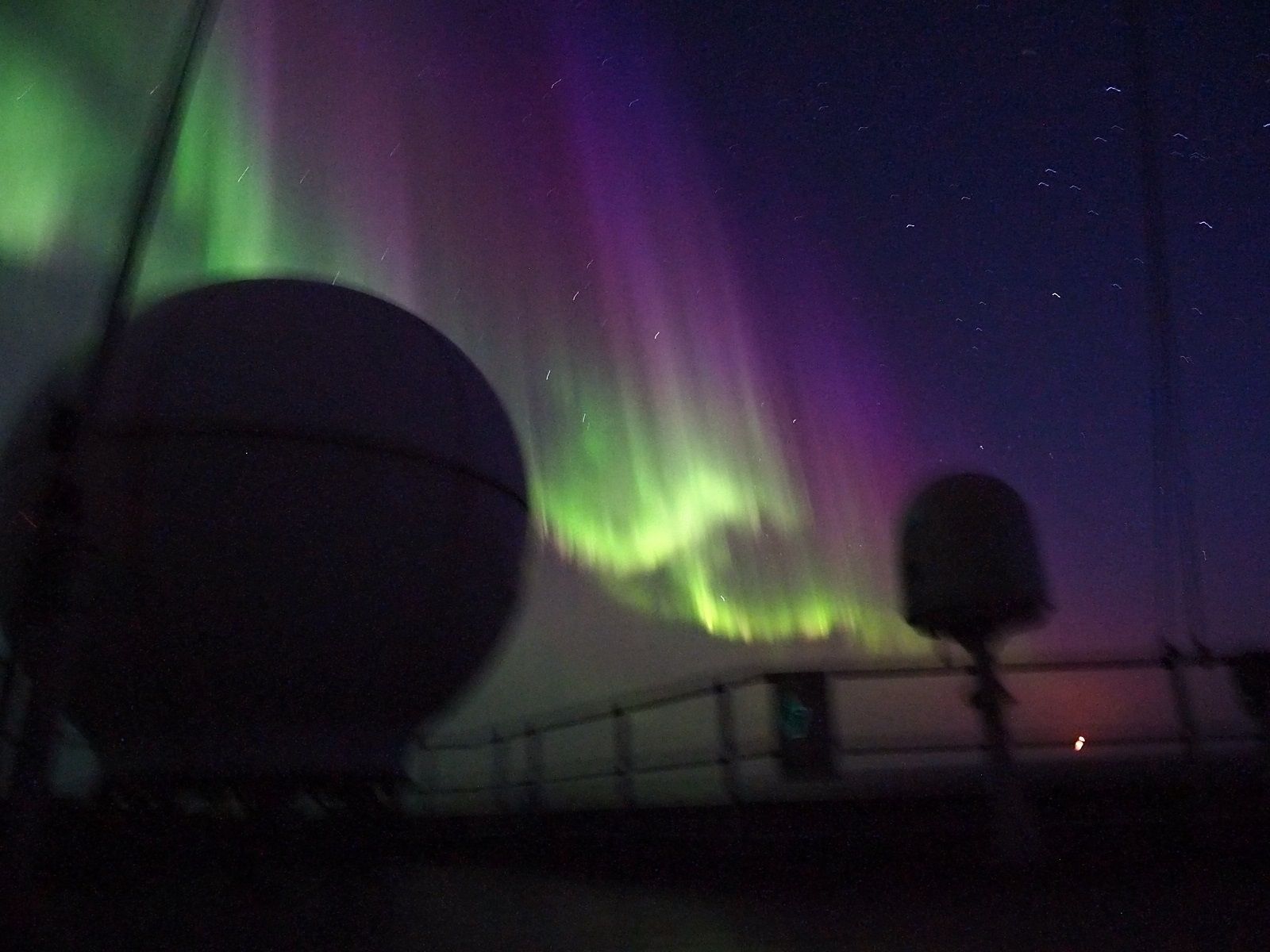
So the tips that I have for trying to get night time shots of an Aurora on a moving vessel are :
- ISO - push it up as high as you can tolerate, this will make images more grainy but you can recover somewhat later
- The ISO you can get away with will depend on your camera, some handle higher ISO better than others, the micro 4/3 camera I was using could get away with around 4000 ISO pretty well, probably even more if it had to.
- Tripods are likely to have limited use ... unless its ridiculously calm, the tripod doesn't help when the floor it is standing on is moving and most likely vibrating.
- Try to time yours shots with the movement of the ship. As the ship rolls to one side there is a brief moment where the ship is stationary before rolling back the other way. This provides a small window to take a shot with a somewhat stationary platform.
- Incorporate the above with handheld compensation for the movement. This takes some practice, but you'll get better results than with a tripod.
- Fire away! This is going to be one of the most difficult situations to get a sharp photo from, so put on continuous mode and let fly!
- Last, and annoyingly not least, a good lens is extremely helpful, one with a large aperture. Unfortunately this is one of those times when spending some money on a fast prime will help significantly. The photos I took in this page are at F1.8 on a Micro 4/3 sensor.
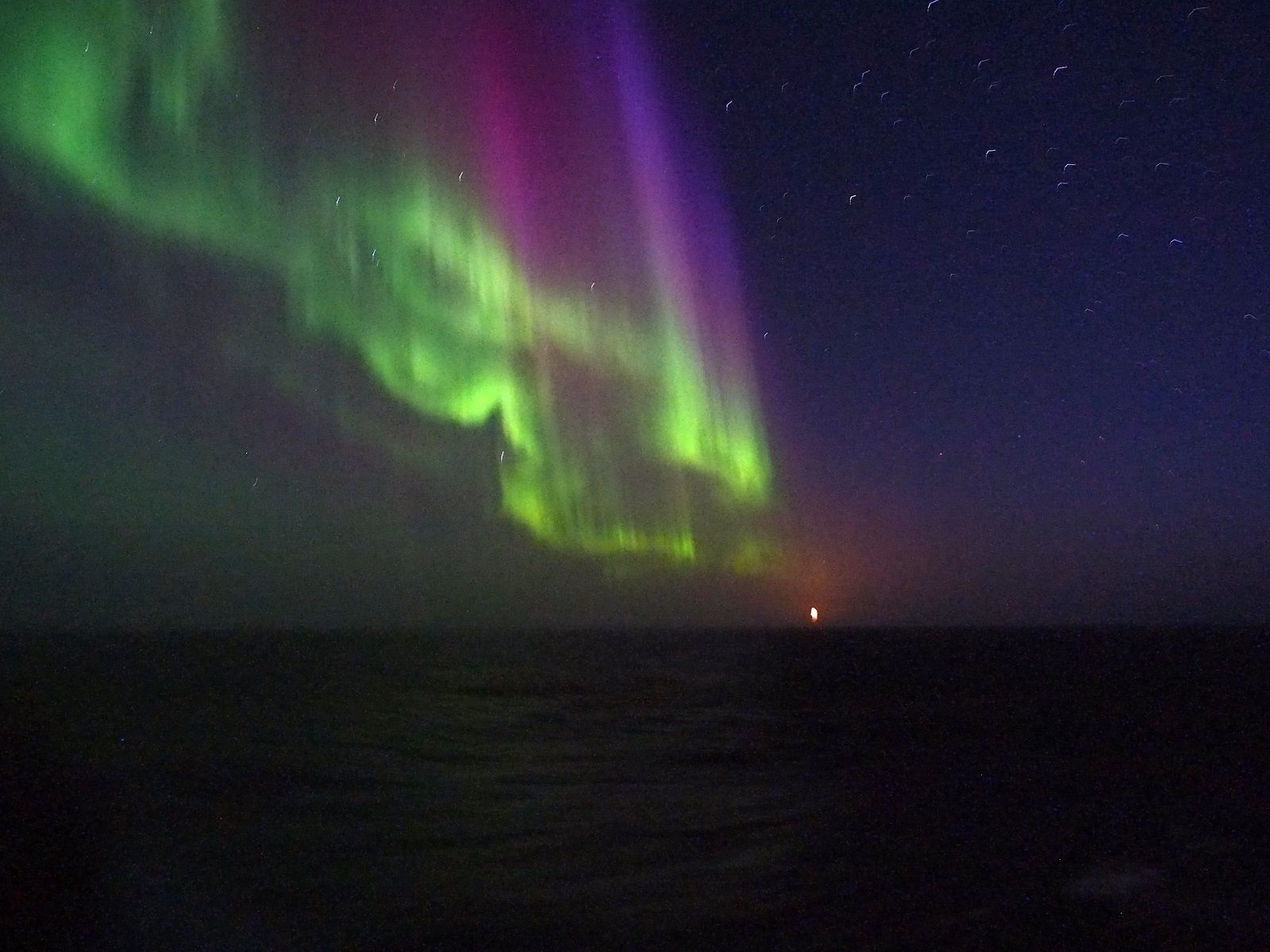
The above photo was taken using some of the tips listed above, it was one of the many (many) attempts I had to get an image with sharp stars but as you can see there are still trails in the stars, despite the aurora itself looking ok. After three or four minutes of trying, I managed to get the photo below. To get this I was huddled into a corner of the ship and trying to time shutter releases with the roll of the ship, and use the corner I was wedgeed into to lean on to steady the camera; compensating by hand when the ship started moving back. After a bit of practice it gets easier.
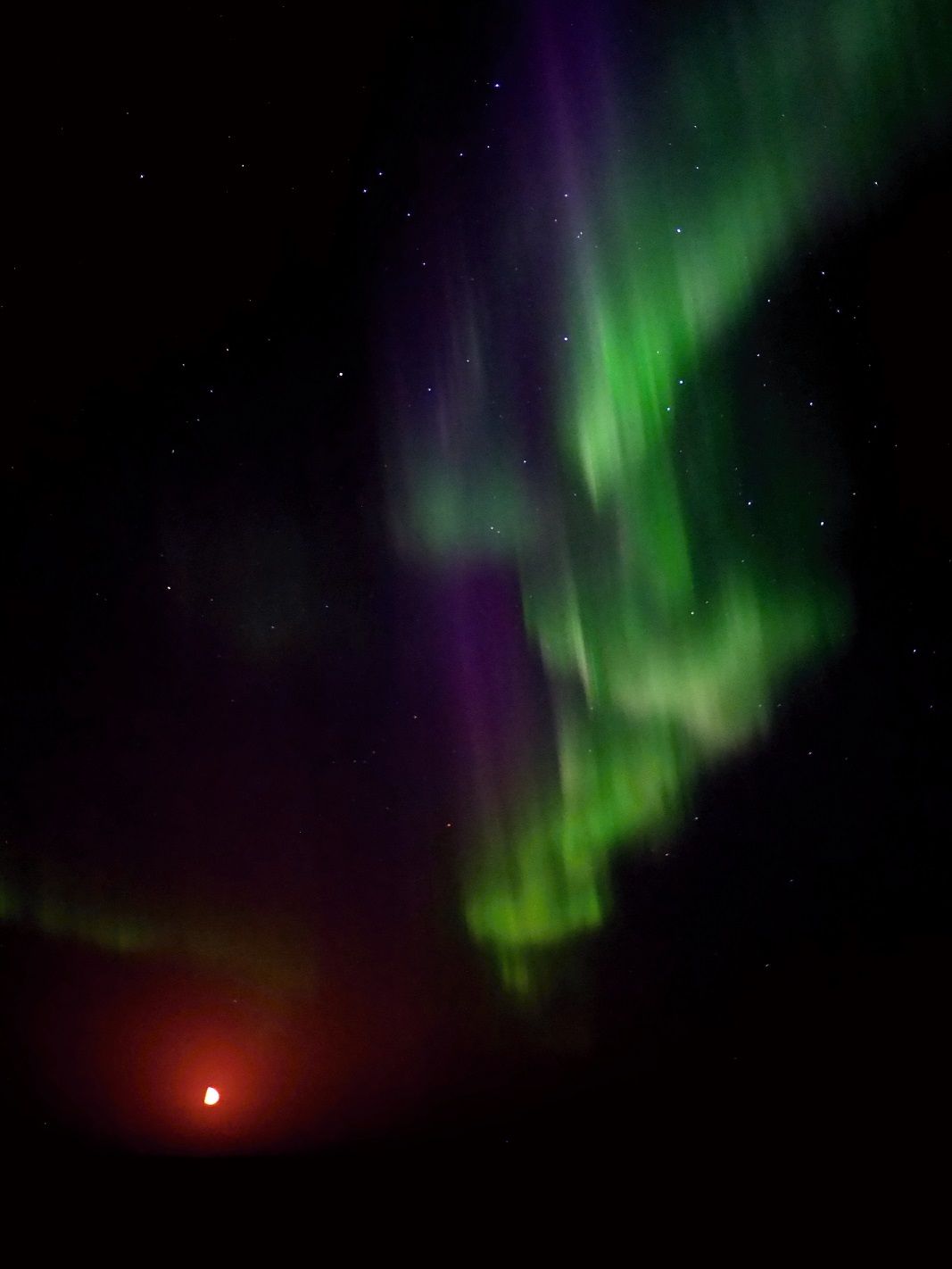
This is by no means a definitive guide, but at least might help with a few things to think about.
